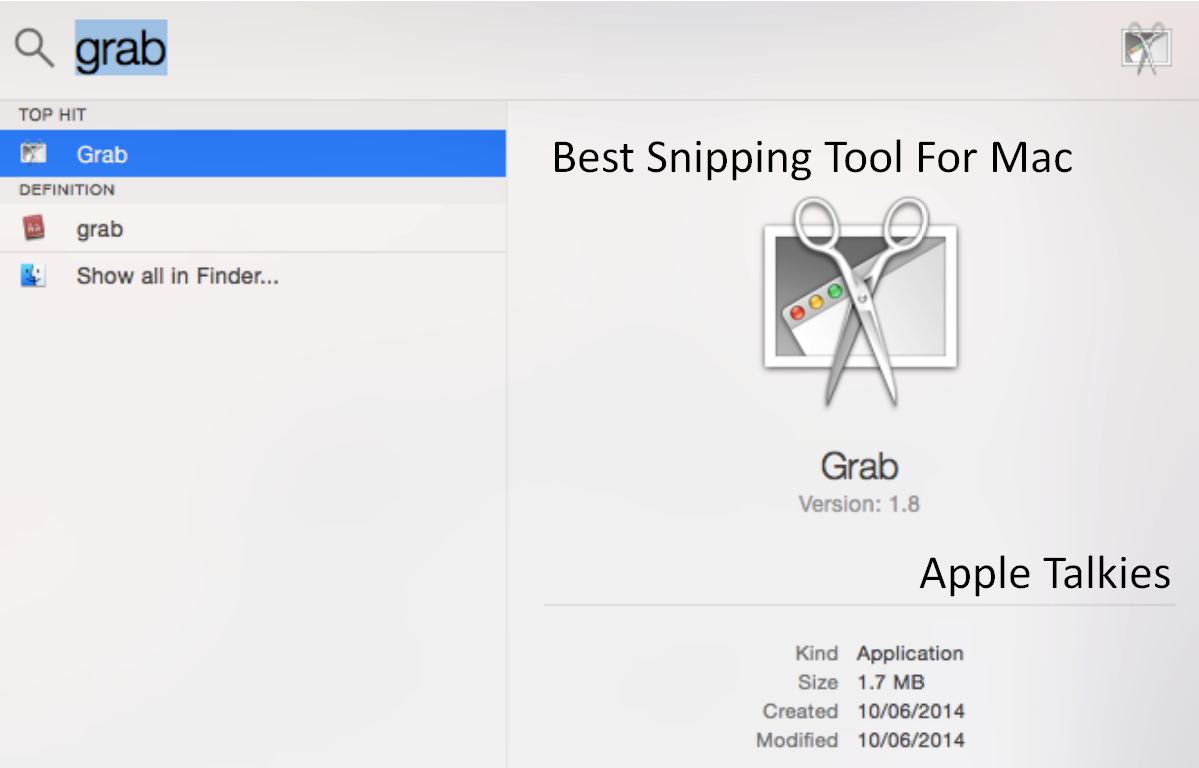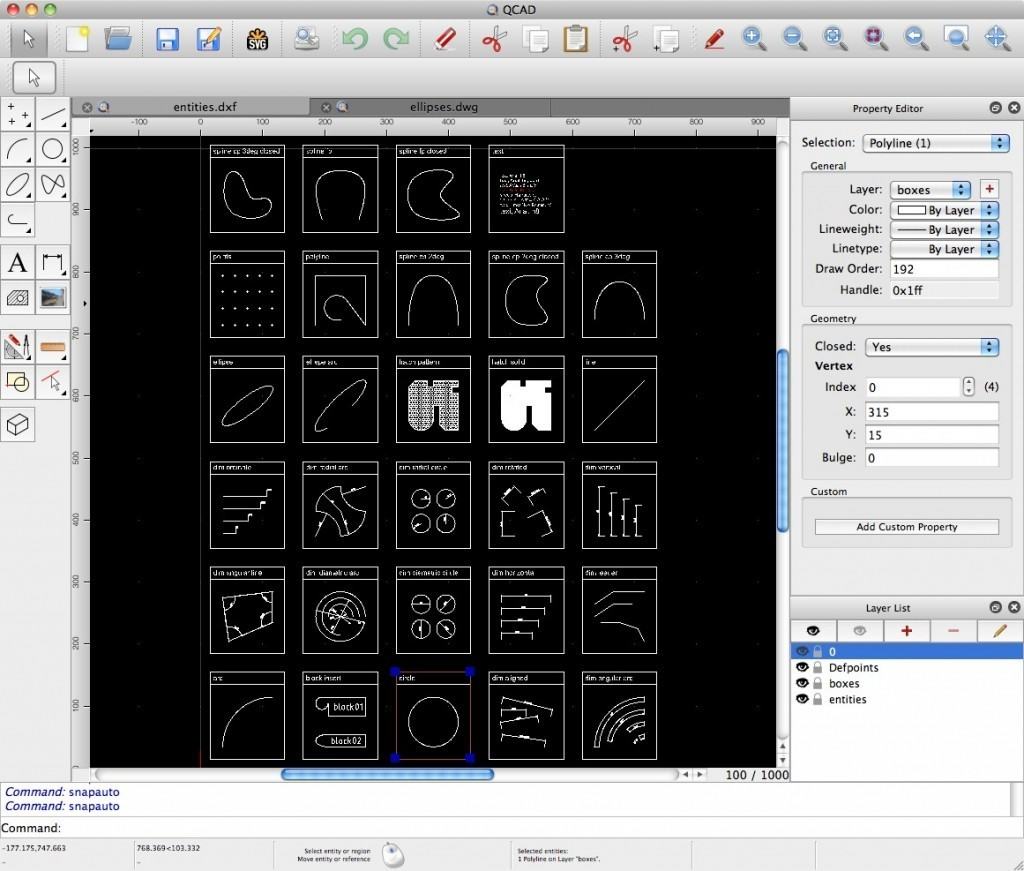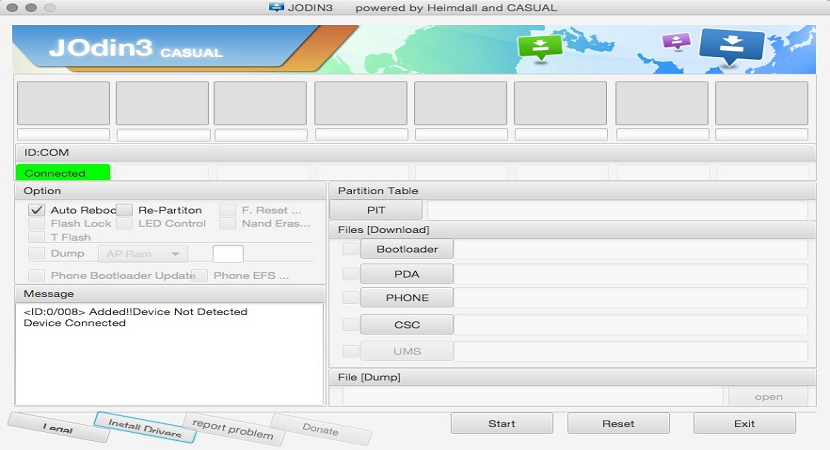

The variable voltage can be used to control the speed of the motor and the available torque. When properly commutated, the torque-speed characteristics of the BLDC motor are identical to a dc motor. The effective voltage is proportional to the PWM duty cycle. Pulse-width modulation is used to apply a variable voltage to the motor windings. Method to estimate the rotor position using the back-EMF or Hall Sensors.The control algorithm must provide three things: High-power motors must use PWM control and require a microcontroller to provide starting and control functions. This is not practical when driving higher-power motors. Typically, the motor voltage is controlled using a power transistor operating as a linear voltage regulator. Many different control algorithms have been used to provide control of BLDC motors. Refrigerator and air conditioning compressors also require sensorless control when using BLDC motors. Sensorless control is essential for low-cost variable speed applications such as fans and pumps. Sensorless BLDC control eliminates the need for Hall effect sensors, using the back-EMF (electromotive force) of the motor instead to estimate the rotor position. This results in more wires and higher cost. To sense the rotor position BLDC motors use Hall Effect sensors to provide absolute position sensing. If the application requires servo-positioning, dynamic braking, or dynamic reversal, it is recommended that complementary center-aligned PWM signals be used. Most applications, that only require variable speed operation, will use six independent edge-aligned PWM signals. For closed-loop speed control there are two additional requirements, measurement of the motor speed and/or motor current and PWM signal to control the motor speed and power.īLDC motors can use edge-aligned or center-aligned PWM signals depending on the application requirements.


#qstlink2 –cli –erase –write build/BLDC_4_ChibiOS.bin This entry was posted in Electronics/Hardware, Embedded Software, News/Announcements, Projects, Tutorials and tagged Debug, discovery, Program, stm32 by Benjamin. If uploading the program does not work for you, try shortening the JST cable. I had some problems with too long JST cables. There are also some small and inexpensive stlinkv2 programmers available on ebay (just search for stlink v2), such as this one which I have soldered a micro-jst cable to: The pins in the jst connector are ordered in the same way as on the discovery board, but the outermost (green) cable is connected to 3V or VDD. Notice that I have removed two jumpers on the discovery board to disconnect the SWD from the microcontroller. An STM32 discovery board with stlinkv2 works perfectly for programming and debugging, and can be connected as shown here (click on the picture to get a larger version where the wire colors can be seen): The connector is a 6-pin micro-jst connector with 2mm pitch, which easily can be found by searching on ebay. When I make custom STM32 PCBs (such as my RF-mote or my ESC), I use an SWD connector for programming and debugging the microcontroller.


 0 kommentar(er)
0 kommentar(er)
